10 Most Memorable Bridge Walks in Paris
Walking these bridges offers some of the most beautiful and memorable moments in Paris. Open views, beautiful light, and the city quietly unfolding around you. These ten bridge walks stand out not only for the stunning views but also for the history built into their stones. They’ve shaped how Paris moves, looks, and connects.
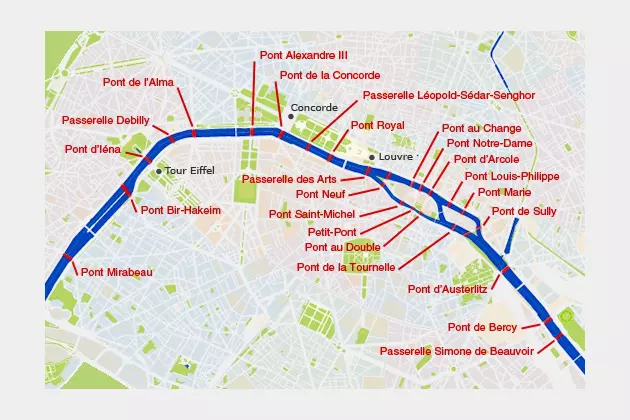
1. Pont Neuf (1st & 6th arr.)
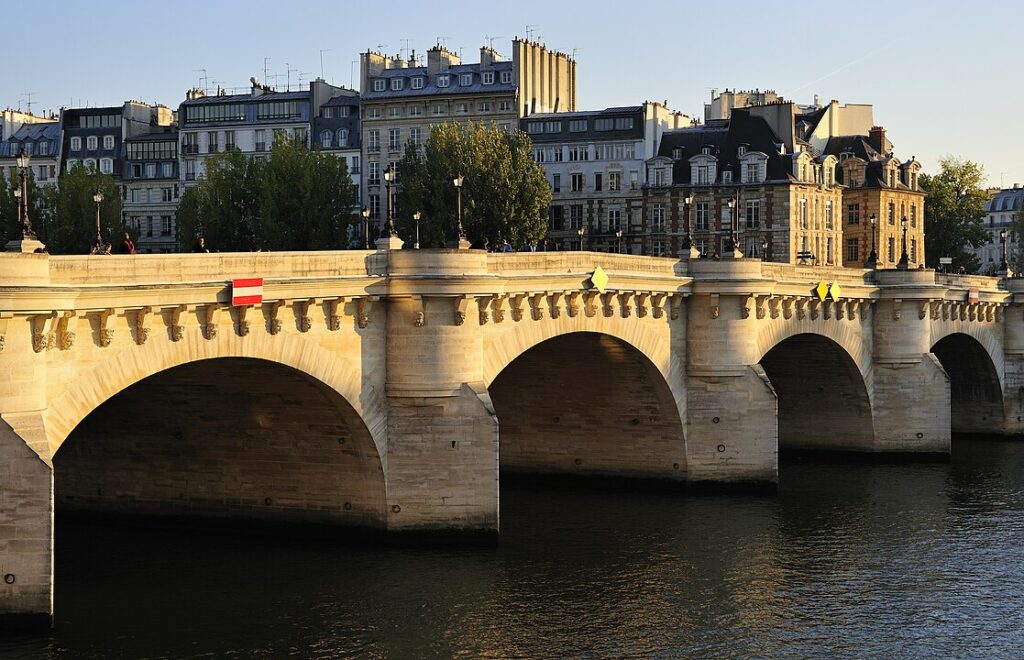
Start at the western tip of Île de la Cité and step onto the oldest standing bridge in Paris. The wide sidewalks let you pause without being rushed. From here, you can see both the Right and Left Banks and follow the curve of the Seine past the Louvre.
Built in 1607, Pont Neuf was the first bridge in Paris without houses on it. It quickly became a public space, lively, open, and social. That same spirit still lingers.
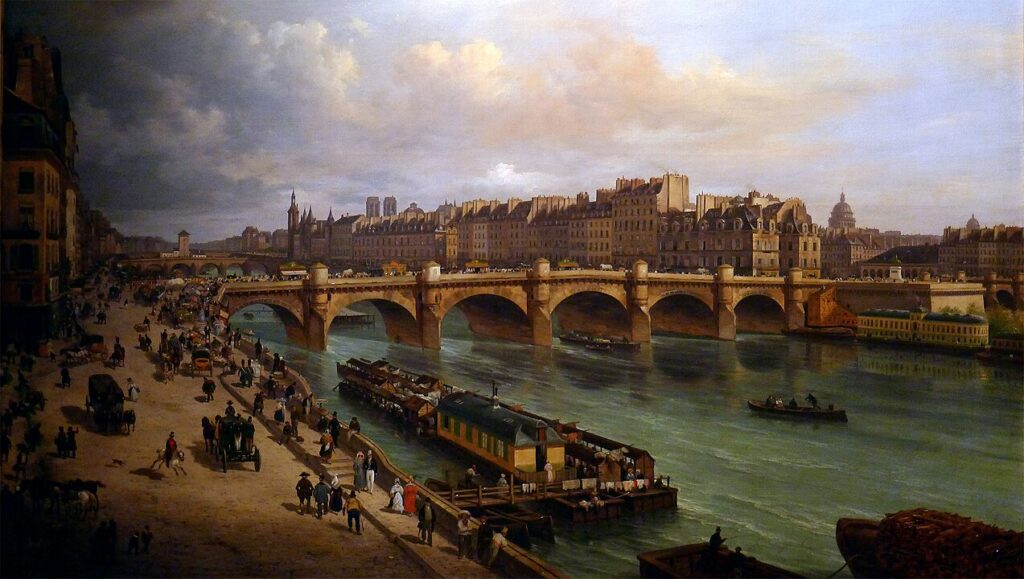
2. Pont Marie (4th arr.)
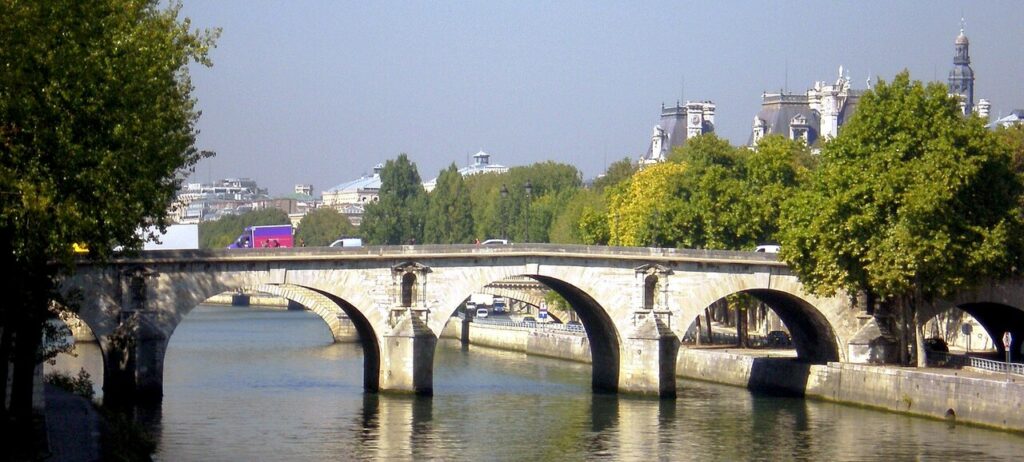
This bridge connects the Right Bank to Île Saint-Louis. It’s one of the calmest crossings in central Paris. The low arches and stonework date back to the early 1600s.
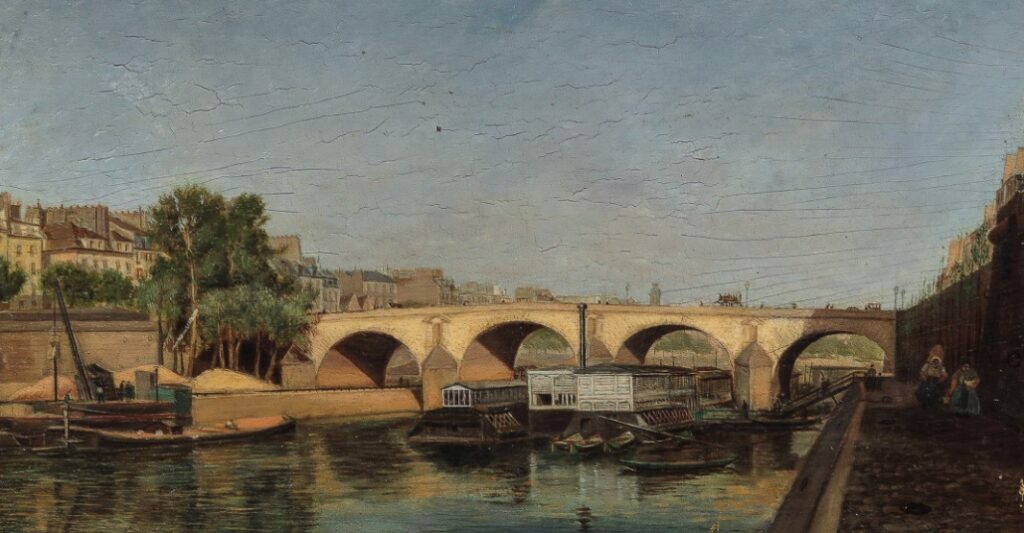
Stop in the middle for a view down the eastern stretch of the Seine, framed by trees and old rooftops. There’s little traffic, it often feels like the city has paused. From the bridge, it’s a short walk into the quiet streets of the island.
3. Pont Royal (1st & 7th arr.)
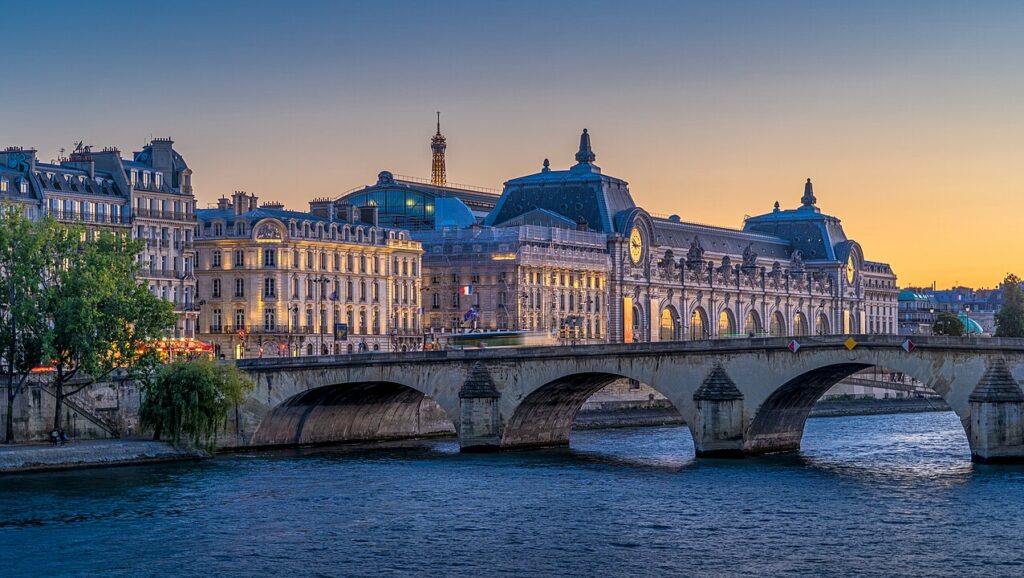
Pont Royal gives you one of the cleanest visual lines in Paris, between the Louvre on one side and the Musée d’Orsay on the other. Built in 1689 under Louis XIV, it replaced an earlier wooden bridge washed out by floods.
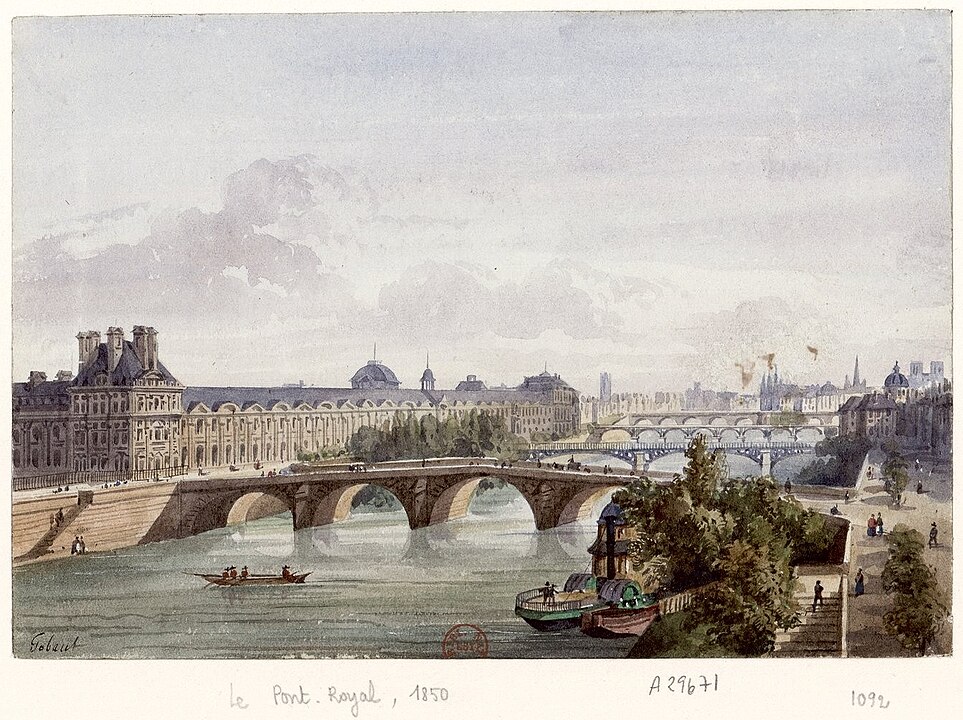
The wide crossing has aged gracefully, and at dusk the light on the river is especially good. It’s a solid, understated bridge, but full of presence.
4. Pont des Arts (1st & 6th arr.)
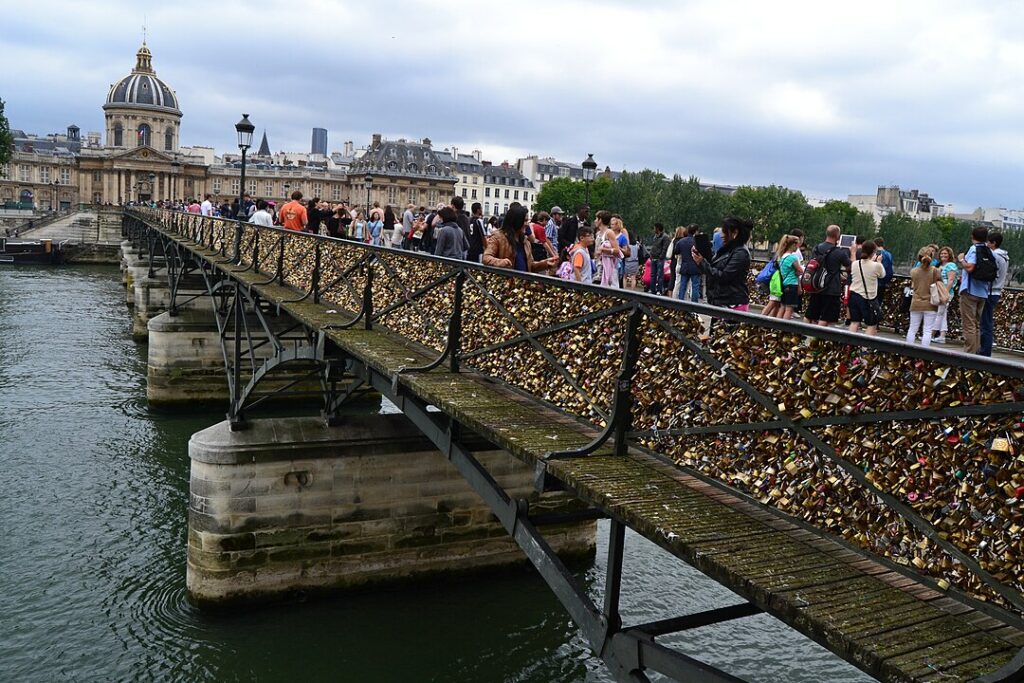
A walk across the Pont des Arts is completely open: no cars, just the sky, the water, and people moving slowly.
Originally built between 1802 and 1804, it was Paris’s first iron bridge and still connects two intellectual heavyweights: the Louvre and the Institut de France.
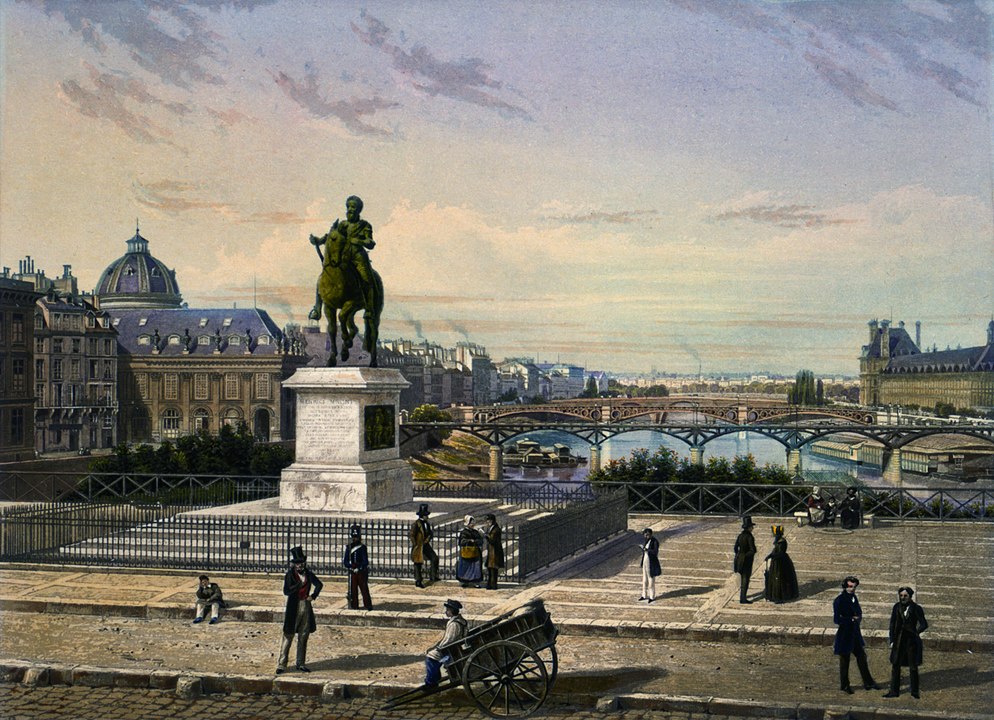
The flat metal surface gives you an uninterrupted view in every direction. Even without the “love locks,” which were removed in 2015, it’s a place people come to linger.
5. Pont de la Concorde (1st & 7th arr.)
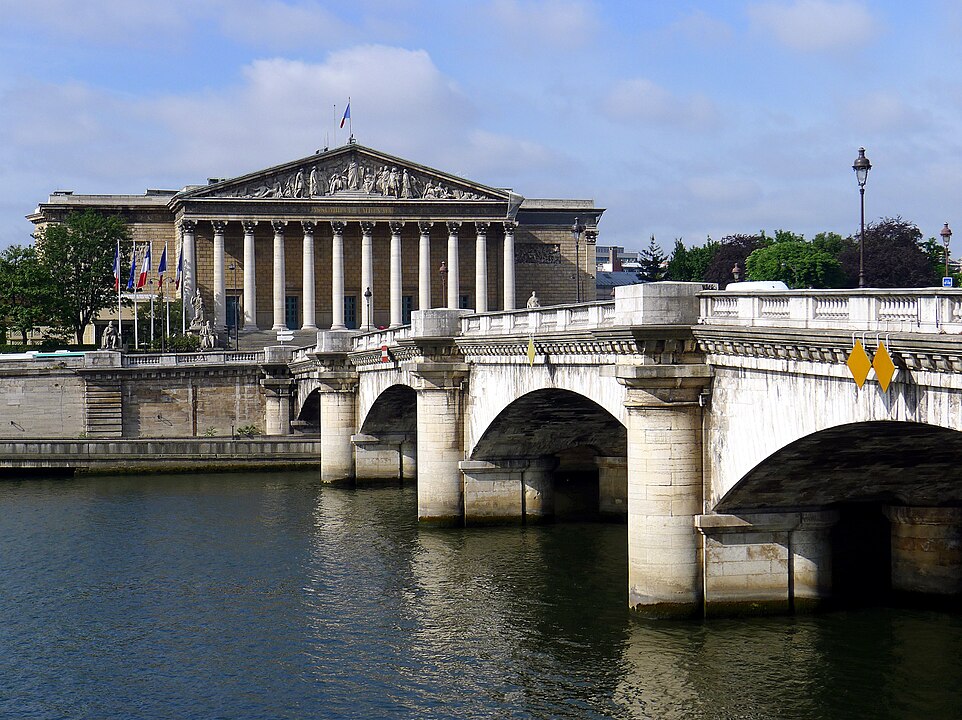
This bridge is like a front-row seat to Paris. On one end, the National Assembly. On the other, Place de la Concorde and the start of the Champs-Élysées. It was built between 1787 and 1791 with stones taken from the Bastille.
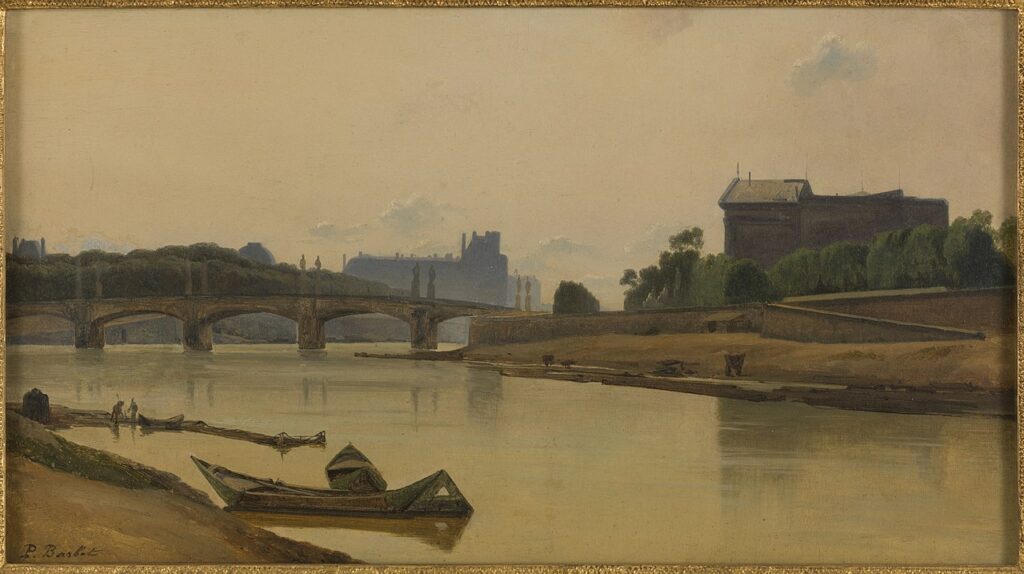
The bridge offers one of the best open perspectives toward the Eiffel Tower, especially in the morning. Walk slowly as there’s a lot to see in every direction.
6. Pont au Change (1st & 4th arr.)
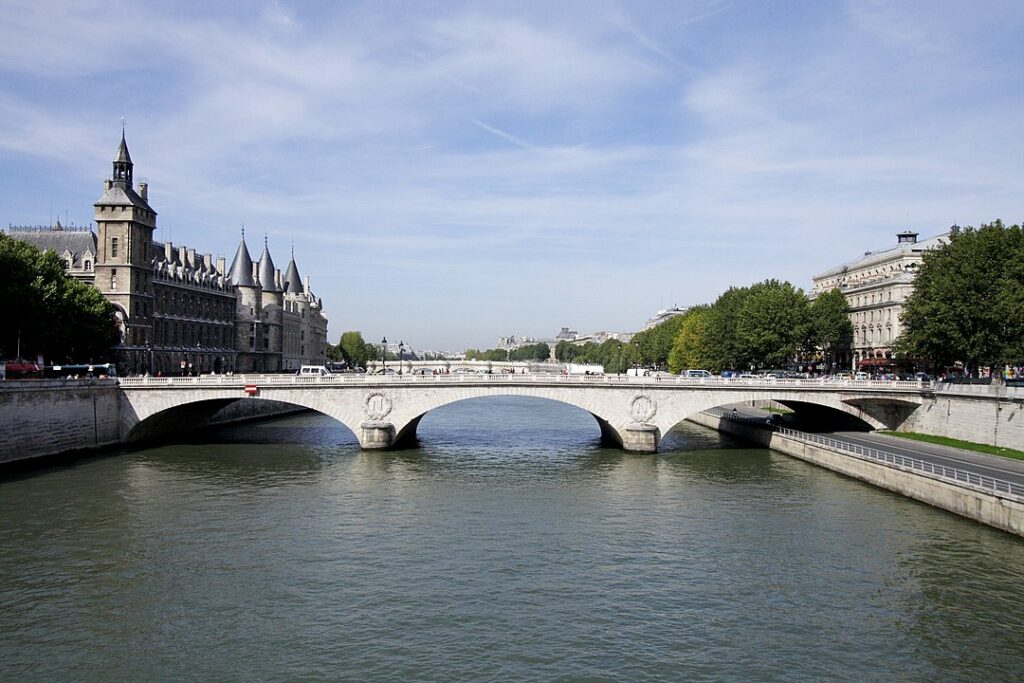
Pont au Change leads straight to the Conciergerie, anchored in the medieval center of the city. It’s not the quietest walk (this one carries traffic) but the views make up for it.
You’ll see the river wrap around Île de la Cité, with the towers of the Palais de Justice rising behind you.
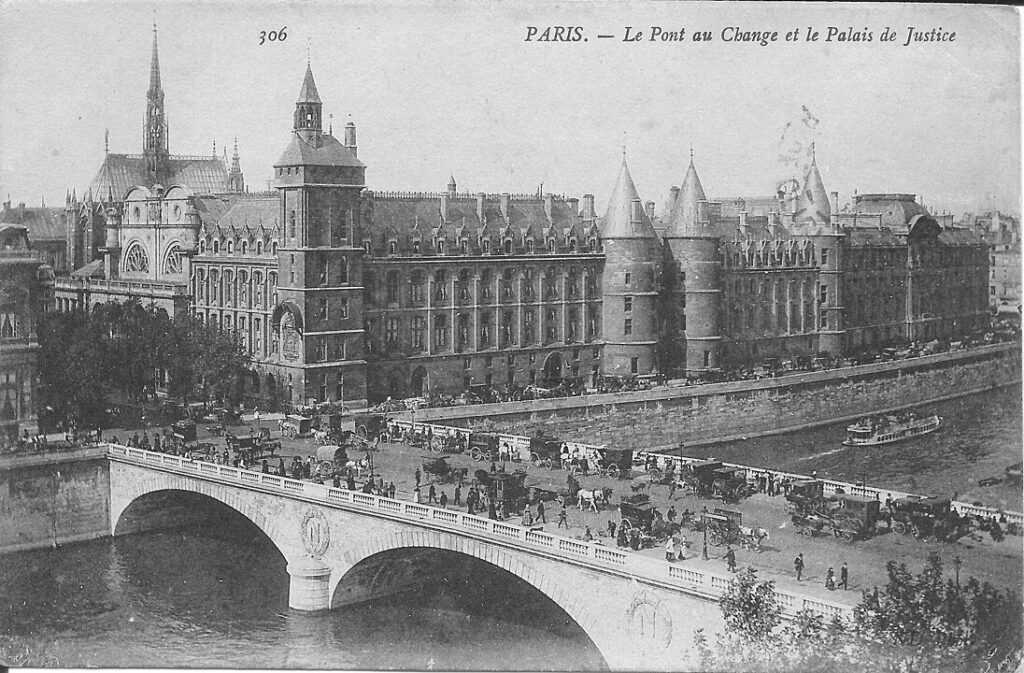
The name comes from the money changers who once did business here, but today the real value is in the angle you get on the island.
7. Pont Saint-Michel (5th & 6th arr.)
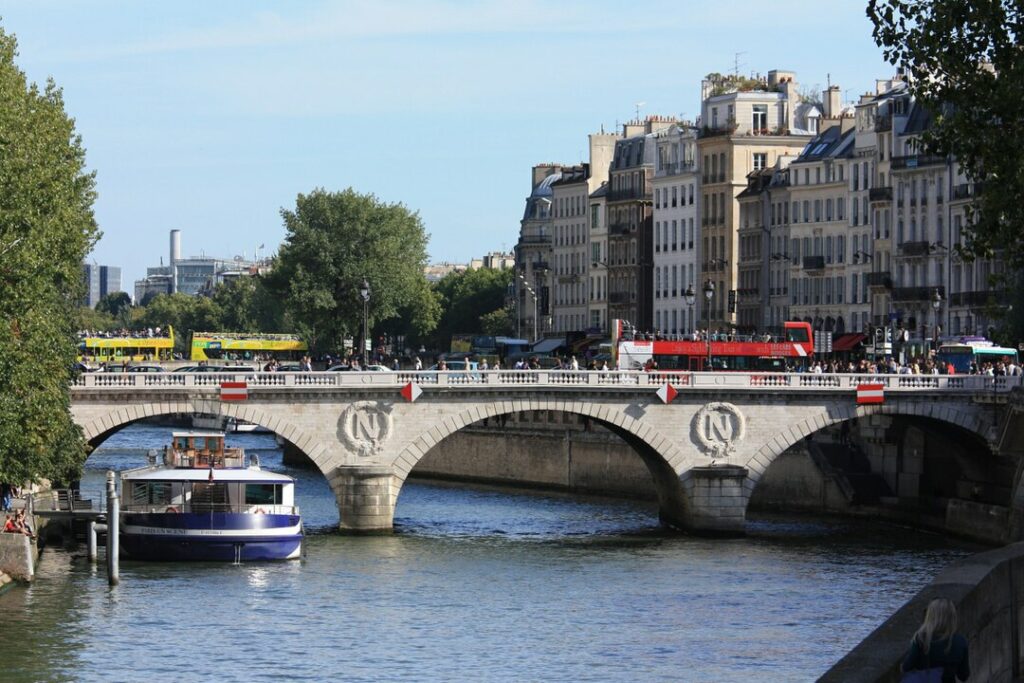
You step off the Quartier Latin and onto this bridge in a few short strides but the atmosphere shifts quickly. The bridge has stood here in some form since the 1300s, with the current version dating to the 1850s.
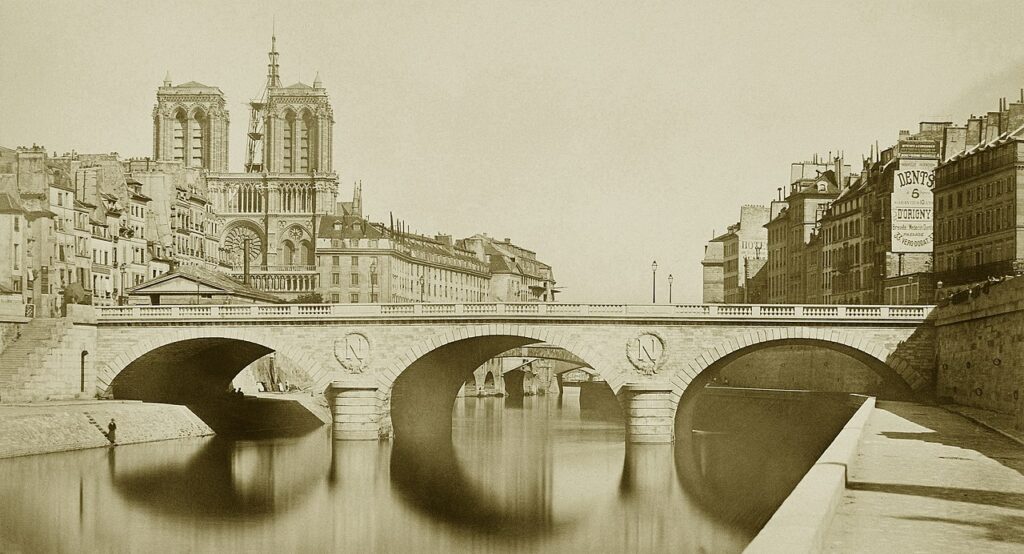
The walk gives you direct views of Notre-Dame, with the Seine on both sides and people gathering along the quays. It’s a short crossing but the it feels distinctly Parisian.
8. Pont d’Arcole (4th arr.)
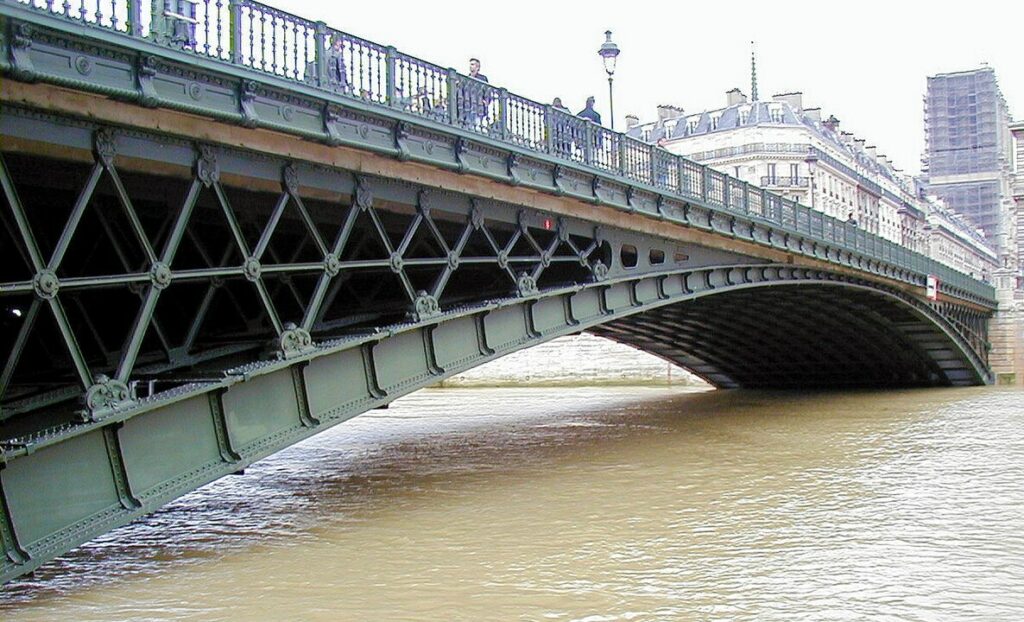
Pont d’Arcole connects the Hôtel de Ville side to the heart of Île de la Cité. It’s one of the more understated bridges in central Paris. The walk gives you strong sightlines in both directions, especially toward the spires of Notre-Dame.
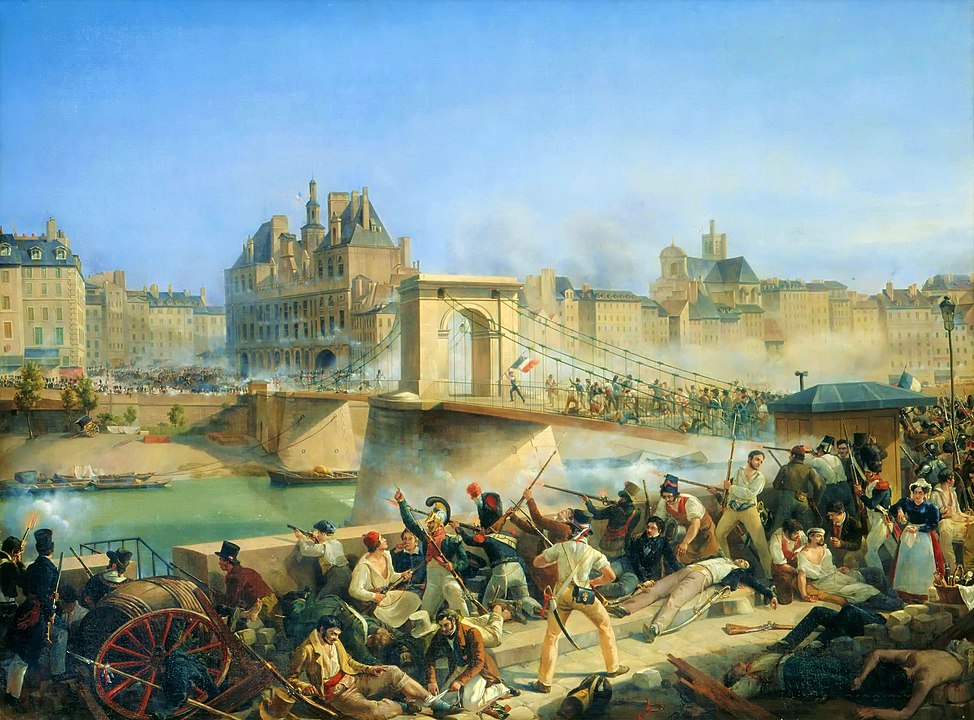
Built in 1856 and named for a Napoleonic battle, it was also the first Paris bridge built entirely without riverbed support. Walk it at night to see both sides of the river lit up evenly.
9. Pont Alexandre III (7th & 8th arr.)
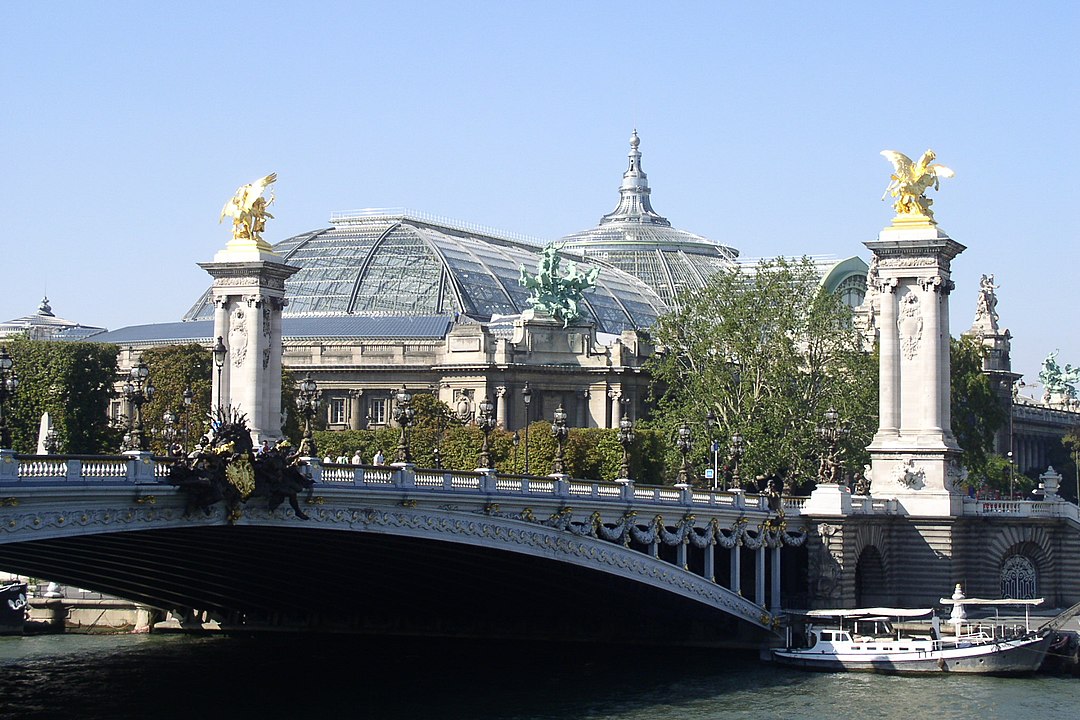
Pont Alexandre III was built for the 1900 Exposition Universelle and designed to impress. As you walk across, statues of gilded nymphs and winged horses rise around you.
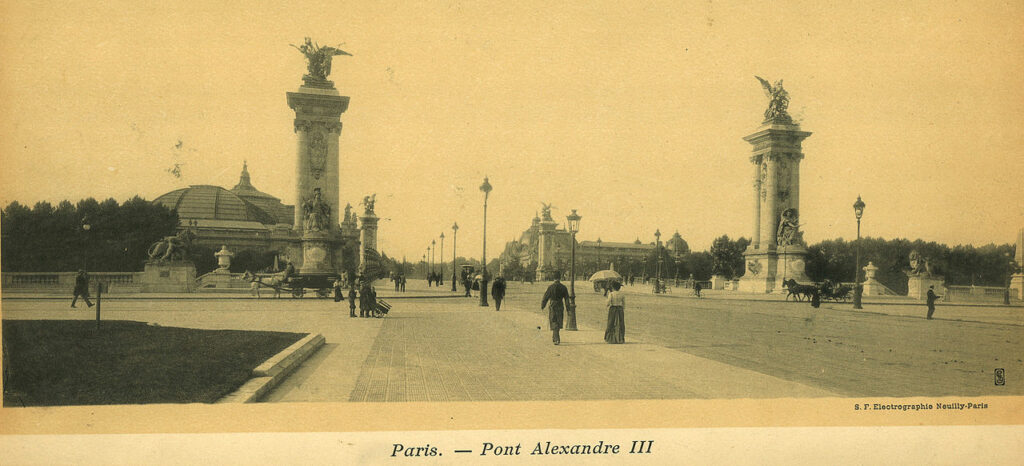
The open layout gives you views of the Grand Palais, the Eiffel Tower, and Invalides. It’s wide, theatrical, and worth walking both ways to see all the details. Even the street lamps are worth a second look.
10. Pont de Bir-Hakeim (15th & 16th arr.)
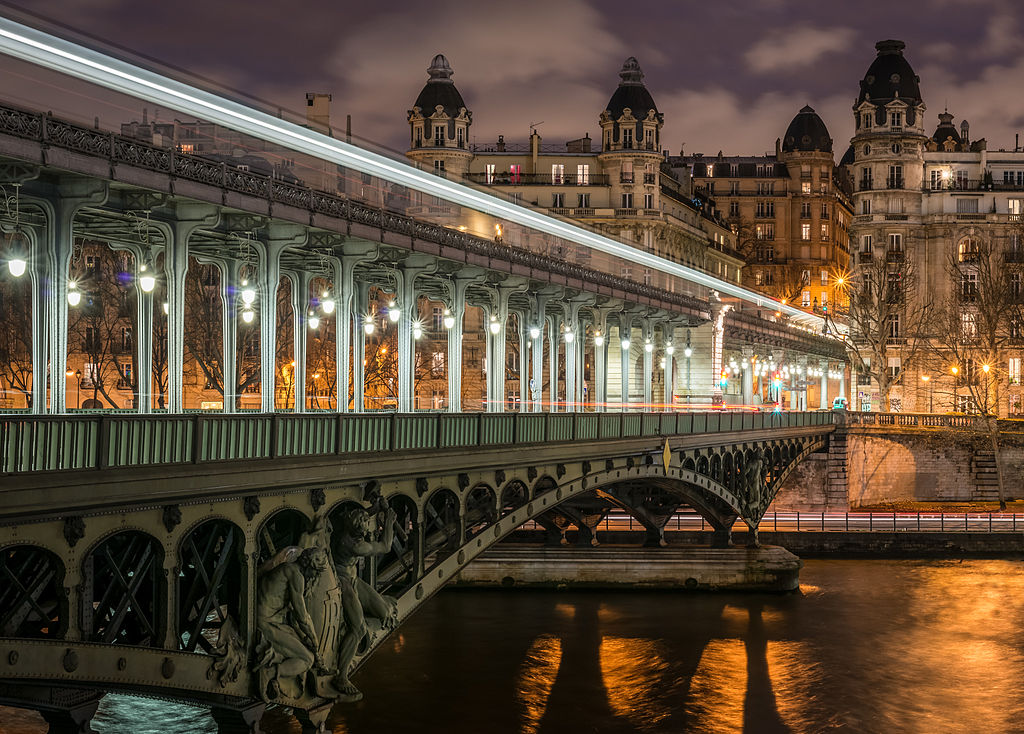
One of the best bridge walks for Eiffel Tower views, hands down. The metro runs above your head, and pedestrians walk at river level below.
Built in 1905, Pont de Bir-Hakeim is industrial and layered – iron beams, train tracks, arches, water. It’s often featured in films.
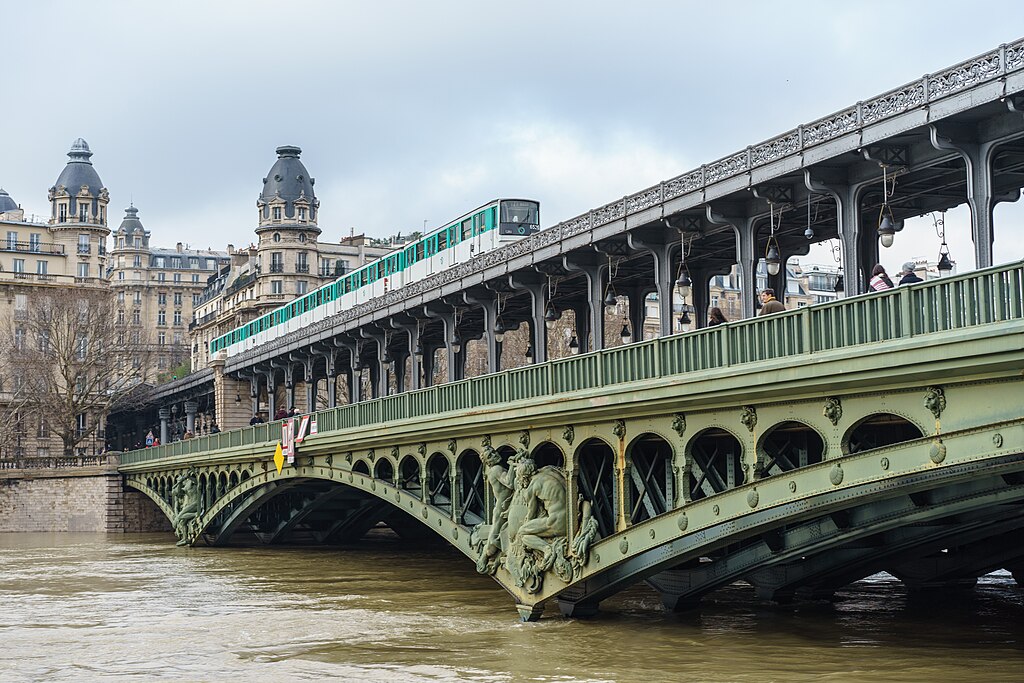
The real experience is walking it slowly and watching the skyline open up. Cross from east to west for the full Eiffel view.
